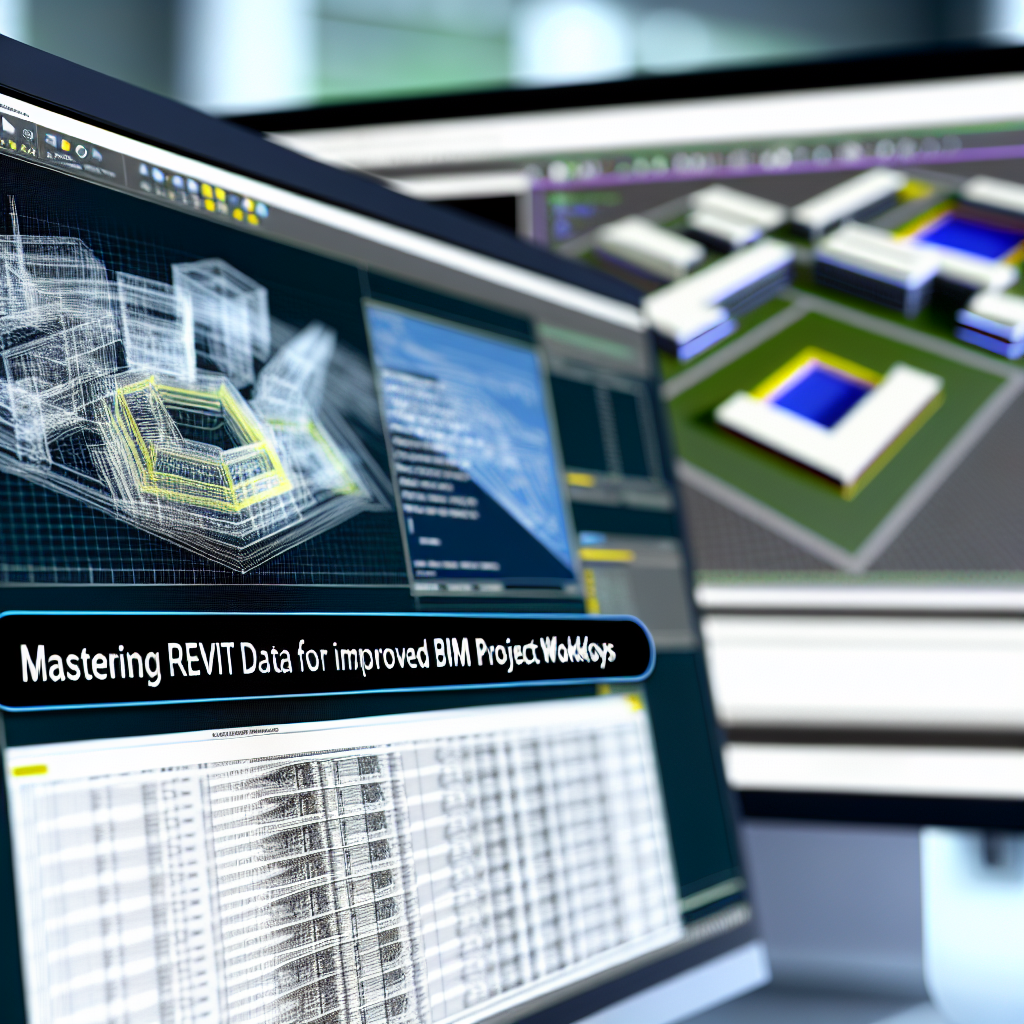Revit Pure Live #051 featuring Nivin Nabeel offers an in-depth exploration of mastering Revit data, empowering users to harness its full potential. This session dives into advanced techniques for managing, optimizing, and leveraging Revit data to improve project workflows, collaboration, and accuracy. Whether you’re a beginner or experienced user, understanding Revit’s data capabilities is essential for successful BIM implementation.
Unlocking the Power of Revit Data for Enhanced Project Delivery
Revit’s data-centric approach revolutionizes Building Information Modeling (BIM) by enabling architects, engineers, and construction professionals to create intelligent models filled with meaningful information. Nivin Nabeel emphasizes that mastering data management in Revit is not just about understanding parameters but also involves leveraging data to streamline workflows, improve accuracy, and facilitate better collaboration among project teams.
One of the core concepts discussed is the significance of **parametric data**. Revit allows users to embed parameters within elements, making models highly adaptable. Nivin stresses that effective data utilization requires establishing **consistent naming conventions**, **proper parameter setup**, and **data validation processes**. This ensures that the data remains reliable throughout project stages, reducing errors and rework.
Additionally, Nivin highlights tools and techniques for **data extraction and analysis**, such as schedules, tags, and custom dashboards. These tools help visualize, analyze, and share project data effectively, fostering informed decision-making. Learning how to link and synchronize data across different models and disciplines enhances collaboration, ultimately leading to more cohesive project delivery.
Practical Strategies for Mastering Revit Data
Nivin Nabeel offers actionable tips for practitioners aiming to elevate their data mastery in Revit. First, he recommends establishing a **structured data management plan** early in the project. This involves defining data standards, responsibilities, and workflows to ensure consistency and integrity.
Secondly, Nivin advocates for leveraging **shared parameters** across projects to enable seamless data exchange. Combining this with **family creation best practices** ensures that reusable components contain rich, standardized data, making global updates and modifications more efficient.
Finally, continuous learning and experimentation are vital. Nivin encourages users to explore Revit addons, scripting, and API integrations that can automate repetitive tasks and enhance data manipulation capabilities. By adopting these strategies, professionals can unlock the full potential of Revit’s data environment, leading to smarter, more efficient project execution.
In conclusion, mastering Revit data with insights from Nivin Nabeel equips professionals with the knowledge to optimize BIM workflows, improve data accuracy, and foster collaboration. Implementing effective data management practices not only streamlines project delivery but also positions users at the forefront of Revit mastery. Embrace these concepts to elevate your Revit skills and project outcomes.
